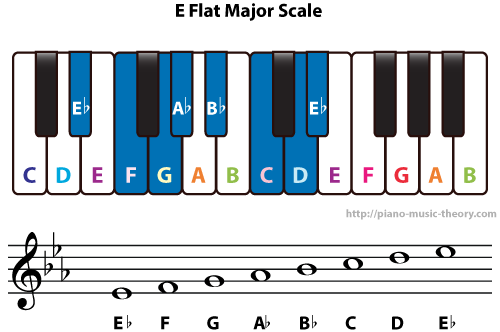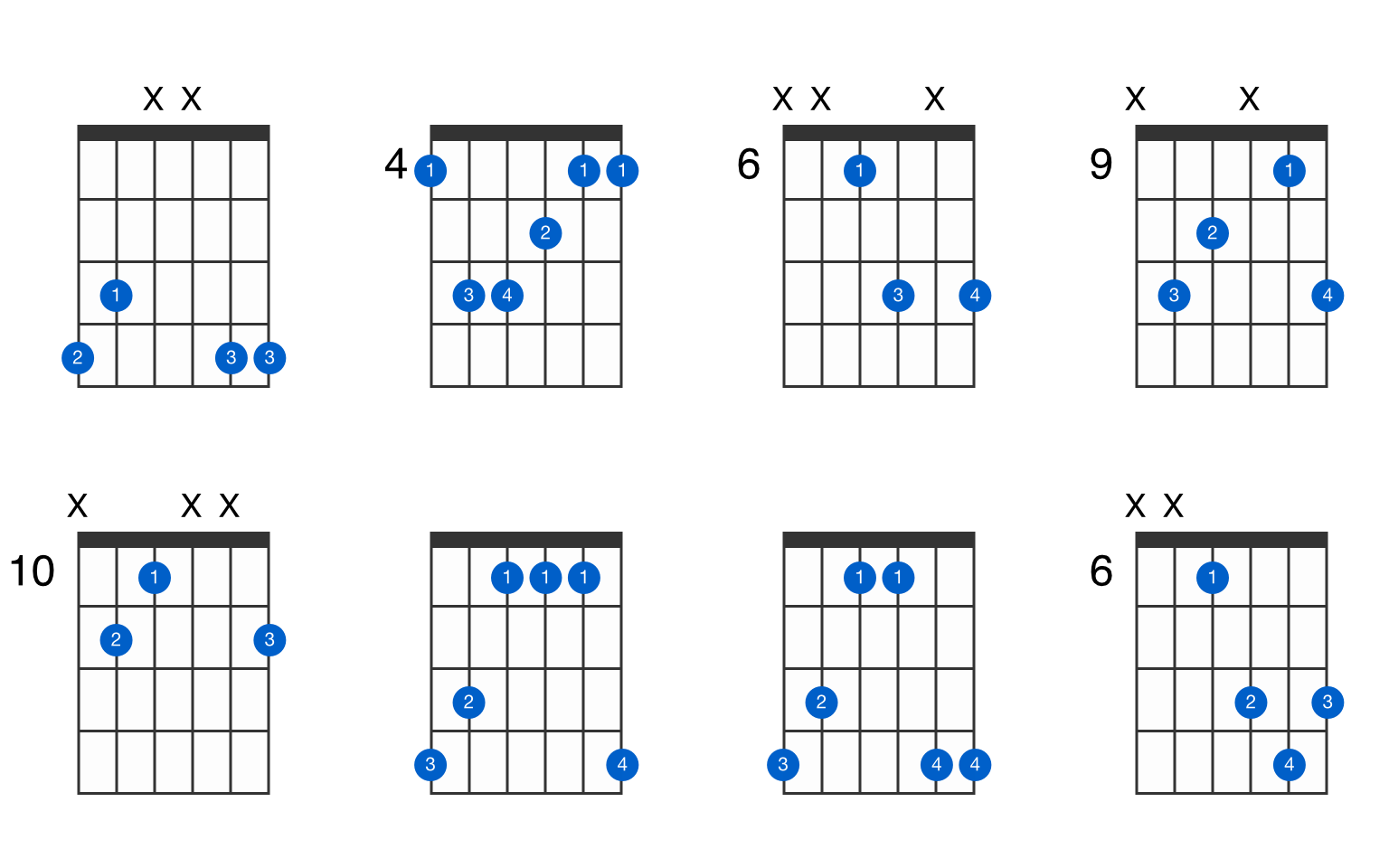

If a piece of music (or part of a piece of music) is in a major key, then the notes in the corresponding major scale are considered diatonic notes, while the notes outside the major scale are considered chromatic notes.

Where "whole" stands for a whole tone (a red u-shaped curve in the figure), and "half" stands for a semitone (a red angled line in the figure). Whole, whole, half, whole, whole, whole, half The sequence of intervals between the notes of a major scale is: The intervals from the tonic (keynote) in an upward direction to the second, to the third, to the sixth, and to the seventh scale degrees of a major scale are called major.

Structure The pattern of whole and half steps characteristic of a major scale In Hindustani classical music, it is known as Bilaval. In Carnatic music, it is known as Sankarabharanam. The major scale has a central importance in Western music, particularly that of the common practice period and in popular music. Audio playback is not supported in your browser.


 0 kommentar(er)
0 kommentar(er)
